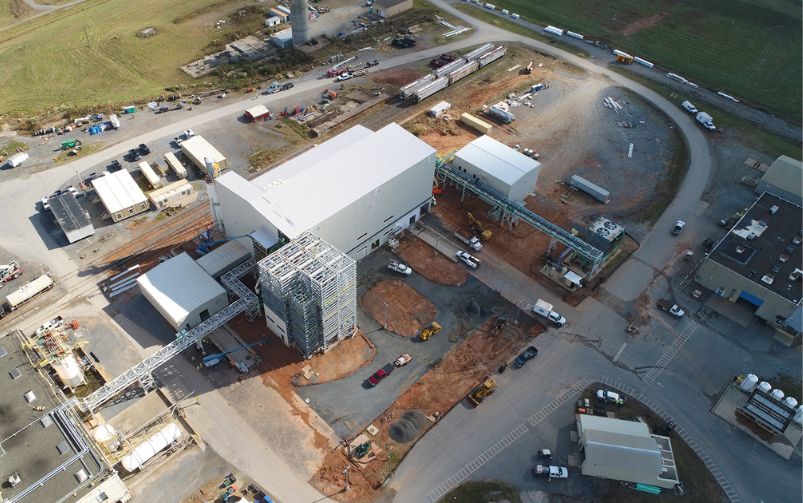Port Nelson, Manitoba, is situated in Fox Lake Cree Nation territory and would be the export point of the NeeStaNan utility corridor. Courtesy of Wikimedia Commons.
Fox Lake Cree Nation and First-Nation company NeeStaNan Projects Inc. announced in July they are partnering to spearhead the development of a utility corridor through the Prairie provinces to export natural resources like potash, natural gas, wheat and bitumen landlocked in western Canada.
The proposed corridor would rely upon existing railway infrastructure and start in Fort McMurray, Alberta, and end in Port Nelson, on the Hudson Bay in northeastern Manitoba, where Fox Lake Cree Nation would construct and own a deep-sea port. A set route for the corridor has yet to be determined.
A memorandum of understanding has been signed between Fox Lake Cree Nation and NeeStaNan for the latter to conduct an environmental assessment and social impact study. The process is currently under way, according to Wil Jimmy, Fox Lake Cree Nation economic development officer, and is expected to take between eight and 12 months to complete.
According to NeeStaNan’s website, the corridor would be useful in exporting potash from the Prairie provinces to Brazil, a major consumer of the fertilizer. Canada, the biggest exporter of potash in the world, exported 22.5 million tonnes of potash—or 31 per cent of the world’s total exports in 2021, according to the federal government.
Exporting Saskatchewan potash to Brazilian markets from Port Nelson would shave off 630 kilometres in railway transport compared to the existing routes to Vancouver ports, according to NeeStaNan’s website.
“It’s a lot closer to transport potash from the province of Saskatchewan to Port Nelson and it's relatively level land as opposed to going out west through the Rocky Mountains, and that's a big benefit,” Jimmy said. “[Companies] get their product to market a lot quicker.”
Port Nelson is also 3,800 kilometres closer to Brazilian markets by ship compared to the current main export route that goes from the Vancouver ports to Brazil through the Panama Canal.
The entire development of the utility corridor would cost between $35 billion and $50 billion, Jimmy said. He added the project would be done in phases pending the outcome of the environmental assessment and social impact studies.
“Phase one in Manitoba is to build a port on the Nelson River, then build a new rail of 120 kilometres to Port Nelson from Amery, Manitoba, and to upgrade the existing rail that's owned by the First Nations in northern Manitoba,” Jimmy said. “That itself is going to run to the tune of about a billion dollars.”
The agreement by the two Indigenous entities comes after the governments of Alberta, Saskatchewan and Manitoba signed an MOU to explore inter-provincial economic corridors in April. The agreement between the Prairie provinces includes “advancing economic corridors in a manner consistent with the spirit and principles of Indigenous reconciliation, and that advance Indigenous economic opportunity.”
“I think [reconciliation] is something that we all, as First Nations people and Canadians, want to work towards,” Jimmy said. “[The NeeStaNan utility corridor] would be a very good example by the Government of Canada, and also the Prairie provinces, that they are working towards reconciliation.”
Jimmy also noted the benefits the NeeStaNan utility corridor would bring to Fox Lake Cree Nation.
“We [would] become equal players and participants in a local, national and global economy,” said Jimmy. “Actually, over time, it should create economic independence for Fox Lake Cree Nation, and great wealth for the nation.”




